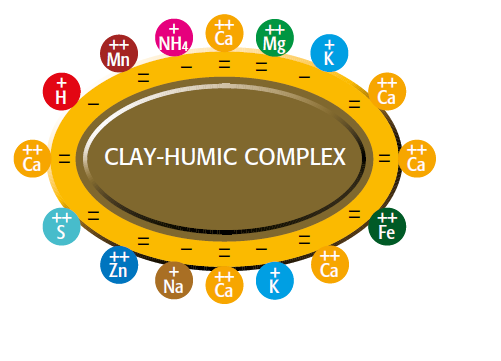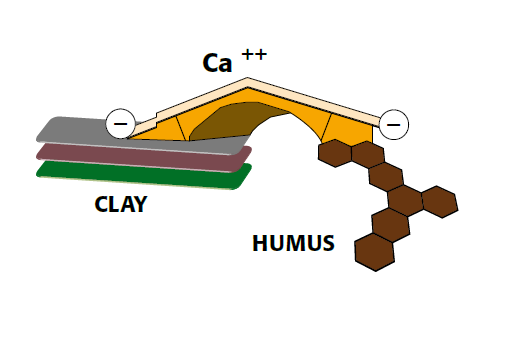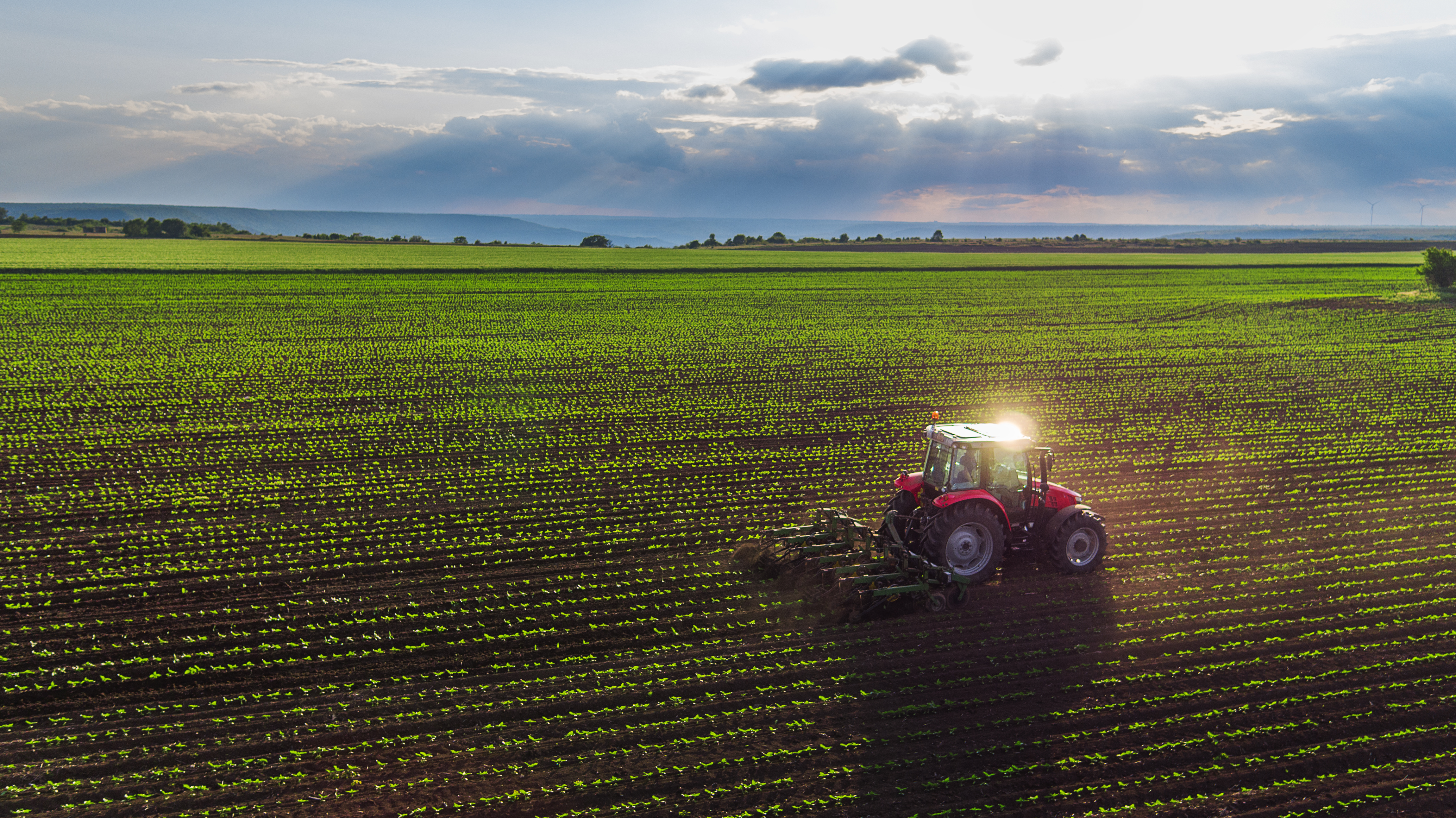Am Pösenberg 9-13
D-41517 Grevenbroich
Telefon: +49 2181 70 676 - 0
Fax: +49 2181 70 676 - 22
E-Mail senden
What are Humic Substances?
Humic substances can be found in all soils and waters and arise from vegetable decomposition products. They are split up by extraction in humin, humic acid and fulvic acid. Their salts are called humates and fulvates.
Humic and litter substances:
- Humic substances, strongly transformed, high-molecular substances without recognisable tissue structures.
- Scattering substances that are not or only slightly transformed and in which the tissue structures are largely still morphologically visible. These include above-ground dead plant remains as well as dead roots and soil organisms or their components. These substances, often referred to as non-humic substances, essentially contain lipids, lignin and polysaccharide fragments.
In simple terms, humus consists of nutritive humus and permanent humus. While the nutritive humus in the form of the organic substance biomass added to the soil (i.e. essentially biomass consisting of carbohydrates, lipids, proteins and lignins) can still be biodegraded to a large extent with the release of important nutrients, the permanent humus in the form of the high-molecular humic substances is largely resistant to biological degradation.
This is probably due on the one hand to the complicated macromolecular structures of the humic substances, and on the other hand to their ability to bind stably with the surrounding inorganic soil matrix in the form of stable clay-humus complexes.
 clay-humic complex Increased nutrient deposit by humic acid
clay-humic complex Increased nutrient deposit by humic acid
(Copyright © Humintech 2018)
 Ca-Bridge between clay and humus
Ca-Bridge between clay and humus
By binding the nutrient humus to the degradation-resistant permanent humus, microbial degradation is decisively decelerated so that a larger proportion of the nutrient humus is converted into permanent humus and, at the same time, due to the decelerated metabolism of the nutrient humus, CO2 emissions from agriculturally cultivated land are decisively reduced.


